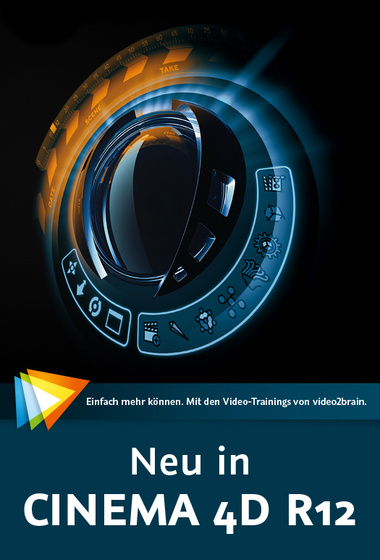
- #VIDEO2BRAIN AFTER EFFECT HOW TO#
- #VIDEO2BRAIN AFTER EFFECT PRO#
- #VIDEO2BRAIN AFTER EFFECT SOFTWARE#
#VIDEO2BRAIN AFTER EFFECT HOW TO#
Next, she adds lighting to the 3D scene and walks you through the various types of lighting such as Environmental, Point and Spotlight and how to work with cast shadows and reflections. She also covers the basics of using camera presets and controls for depth of field and point of interest. Once you are familiar with working in 3d space, Taylor moves on to how to animate by bending layers. You also learn about expressions and how easy it is to write your own for complex animation.Īnimating 3D effects can add realism to your projects and this section of the course begins by discussing how to use the 3D wireframe and other views needed to work in 3d space. One example of character animation demonstrates parenting hierarchy and IK. The next section concentrates on your workflow and ways to use grouped and linked layers as well as nesting and pre-composing. Kopriva first discusses frame rate in general and then covers common retiming tasks such as Time Stretching, Time Remapping, Freeze Frame, Slow Motion and Reverse Frame. When working with video, you can manipulate the frame rate to achieve various effects. She ends this section by covering how to edit layer styles and adjustment layers imported from Photoshop to create effects. She also discusses what she calls fixer effects for solving common problems such as rolling shutter. One nice feature is the Brainstorm viewer that lets you preview variations of effects and save them as presets. Taylor also covers how to use keyframes to animate properties and how to apply easing. Beginning with a discussion of the Effect Controls panel and categories. The next section concentrates more closely on how to create custom effects.
+(2013)+-+Lo+nuevo+de+Adobe+Creative+Cloud.jpg)
Next he discusses common problems and how to correct them with Color Keying, Motion Tracking and Rotoscoping. Switching back to Kopriva, we learn the basics of compositing and how many effects can be created using Blending Modes, Alpha Channels and Masks. Next we see how shape layers can be used to create many effects, as well as using the Repeater to emulate a particle-like effect. She shows you how to combine animators to create more complex animations and how to save your custom animators as presets. She then demonstrates an easy and fast way to animate each letter individually with the Text Animators.

Taylor covers options for importing text created in Photoshop and how to edit the text in After Effects. Delving deeper into animation, you learn about the various types of keyframes in After Effects and how to use the Keyframe Assistants and Graph Editor to refine your animations. Next, you cover motion paths and how to use Motion Sketch to draw freehand paths. First, you cover the basics including how to use keyframes and tweens to control the transformation of various properties.

Halfway through the course, we get to the part I enjoy the most which is animation. You will also learn about interlacing, pixel aspect ratio, and trimming basics.
#VIDEO2BRAIN AFTER EFFECT PRO#
Of course, you will need to know the options for importing Photoshop, Illustrator, After Effects, Premiere Pro and Final Cut Pro files. Also introduced is how to manage and organize the various assets for your comp. You learn how to import assets such as movies, stills, image sequences and audio. Then you create a new solid which will be your new background to which you can add effects such as the CC Mr. You will learn how to apply a Keylight effect to turn the original background transparent. The fun really starts with the Effects and Presets panel. You first learn how to create a line of text with the Character panel and a block of text with the Paragraph panel and then move on to using shape layers for creating simple and complex vector shapes. Next, you learn what makes up a basic composition and how to build your own comps from scratch. With a panel-by-panel tour of the user interface, you are introduced to the basic project workflow and terminology.
#VIDEO2BRAIN AFTER EFFECT SOFTWARE#
The authors start with a short history of the After Effects software leading to what’s new in version CS6.

The authors Todd Kopriva and Angie Taylor share the instruction with Kopriva covering the technical aspects of the software and Taylor covering the creative. I found After Effects to be intimidating in spite of my strong Adobe Flash background but the Adobe After Effects CS6 Learn by Video training course from video2brain gave me a good solid base upon which to build. This is especially true for a robust and complex software such as After Effects CS6. My first suggestion is to start with a training video for the software of your choice. I get many emails asking for the best way to begin learning a new software such as After Effects. This review is from: Adobe After Effects CS6: Learn by Video (Paperback)


 0 kommentar(er)
0 kommentar(er)
